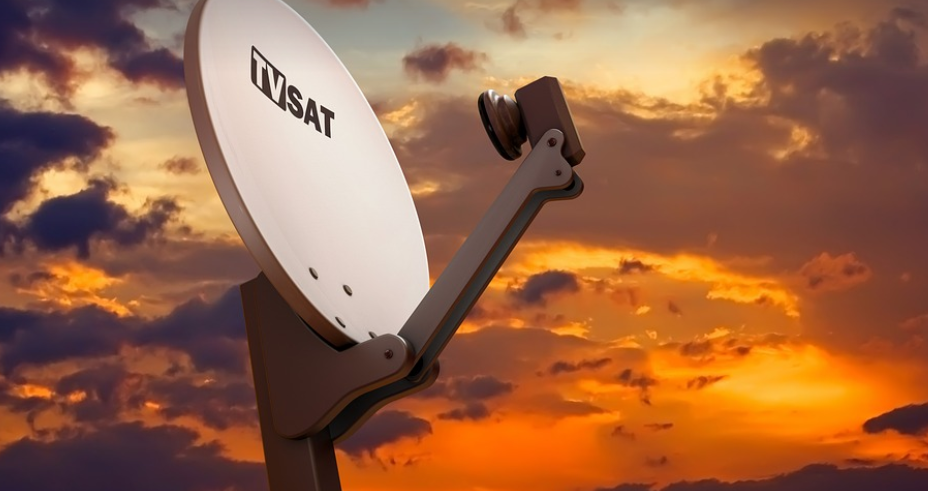Demystifying the Transmission Removal Process
Removing a transmission, while seemingly straightforward for some, can be quite a complex task requiring specific knowledge and expertise. It’s like taking apart a well-oiled machine—removing one part without understanding how it fits into the bigger picture can lead to more problems than solutions. This blog explores the time commitment involved in this procedure, shedding light on the intricate steps that go behind such a seemingly simple task.
The time needed for a transmission removal depends on several factors, starting with the vehicle’s make and model. A classic car might require less dismantling compared to a modern high-performance vehicle, where multiple complex systems are involved. Some models also have additional wiring issues, making the process longer.
For instance, removing a manual transmission in a compact sedan might take anywhere from 4 to 6 hours for an experienced mechanic. However, this time can jump up significantly if you factor in the intricate design of a larger SUV or truck. The complexity of these vehicles often requires additional steps like disconnecting hydraulic lines and reassembling complex engine components.
Furthermore, the accessibility of the transmission within the vehicle plays a major role in the timing. Some vehicles have straightforward access to the transmission, while others require dismantling the entire subframe or even removing parts of the chassis to reach it. This can add considerable time to the process.
Another crucial factor is the condition of the vehicle itself. If you have a vehicle with multiple leaks, rust, or other issues, this might involve additional work and potentially extend the time required for the transmission removal.
Regardless of the complexity of your specific case, here’s a general overview of what typically involves removing a transmission:
• **Disconnecting Cables and Wiring:** The first step is disconnecting all the cables and wiring that are connected to the transmission. These include electrical connections, sensors, and shift linkages.
• **Removing the Transmission Mount:** After disconnection of cables and wiring, the next step is detaching the transmission mount. The specific procedure for this will depend on the exact make and model of your vehicle.
• **Loosening Bolts and Nuts:** Once you have disconnected the cables and wiring, the bolts and nuts that hold the transmission in place are loosened to start removing it from the car. It’s essential to do this carefully, as you don’t want to break any components inside.
• **Removing the Transmission:** After loosening the bolts and nuts, you can begin to remove the transmission from the vehicle. This might involve a combination of lifting and pulling the transmission out of the car based on your specific model.
• **Disassembling Further Components:** After removing the transmission, you may need to disassemble various components like torque converter, driveshaft, or other parts that were connected to the transmission. These can also take some time, depending on the complexity of the vehicle’s build.
• **Cleaning and Repairing:** After dismantling all the components, it’s a good idea to clean the area where you removed the transmission to inspect for any damage or leaks. Additionally, if necessary, you might need to repair some parts as part of the process.
• **Installing New Transmission (if applicable):** If you’re replacing the transmission with a new one, this will be the final step of the procedure. This can often take considerable time and effort depending on the complexity of the engine and the specific model of the vehicle.
• **Reassembling Everything:** Once the old transmission is out, it’s time to reassemble all the parts in a sequential manner as you removed them.
Remember that this is just a general overview, and the actual time needed for transmission removal can vary widely depending on your specific vehicle and the experience of the mechanic.
If you’re facing difficulties in removing or installing a transmission yourself, it’s important to consult with a qualified mechanic. They are equipped with the knowledge and tools necessary for a safe and timely removal process, ensuring that your car is back on the road as quickly as possible.


